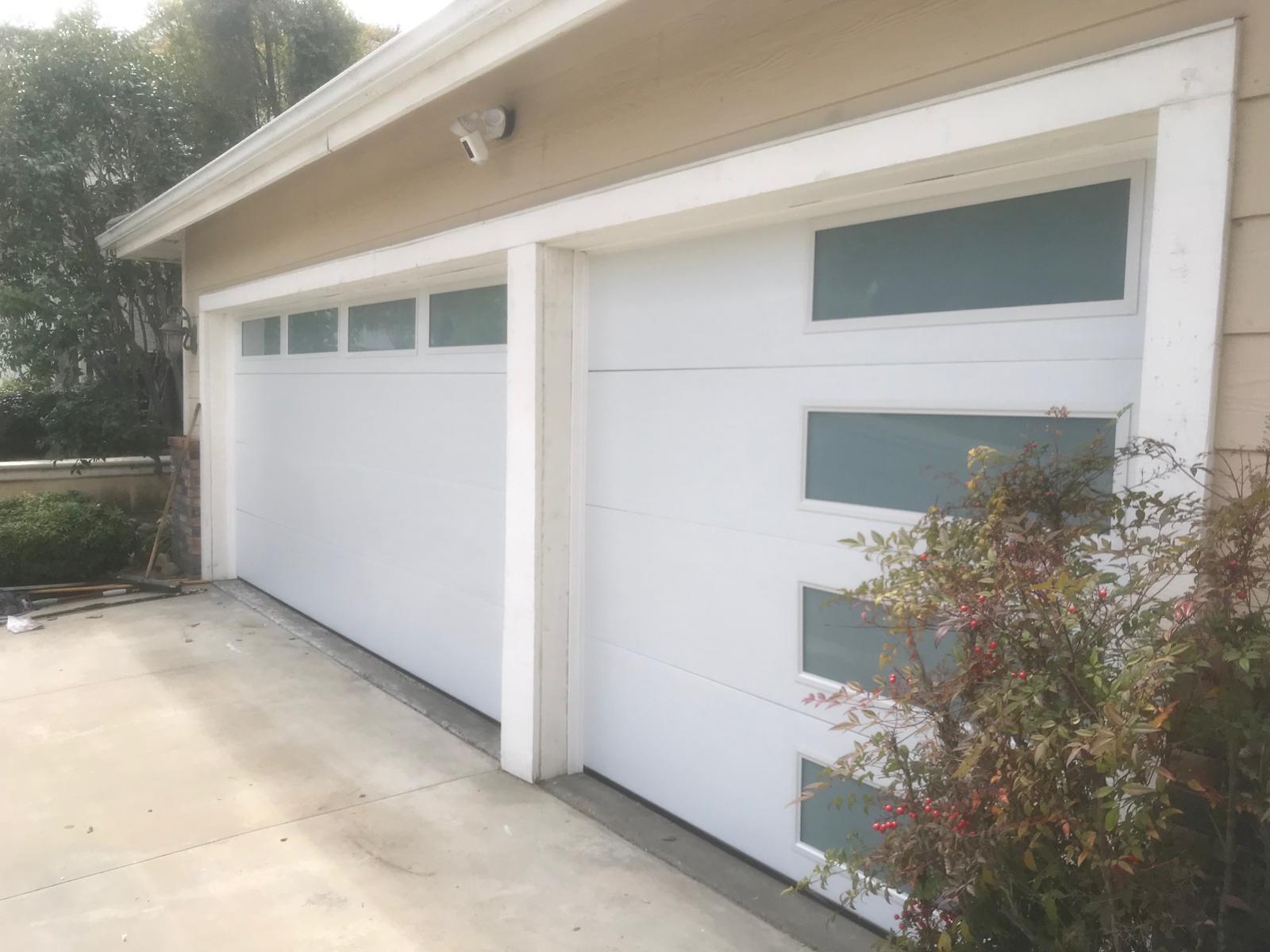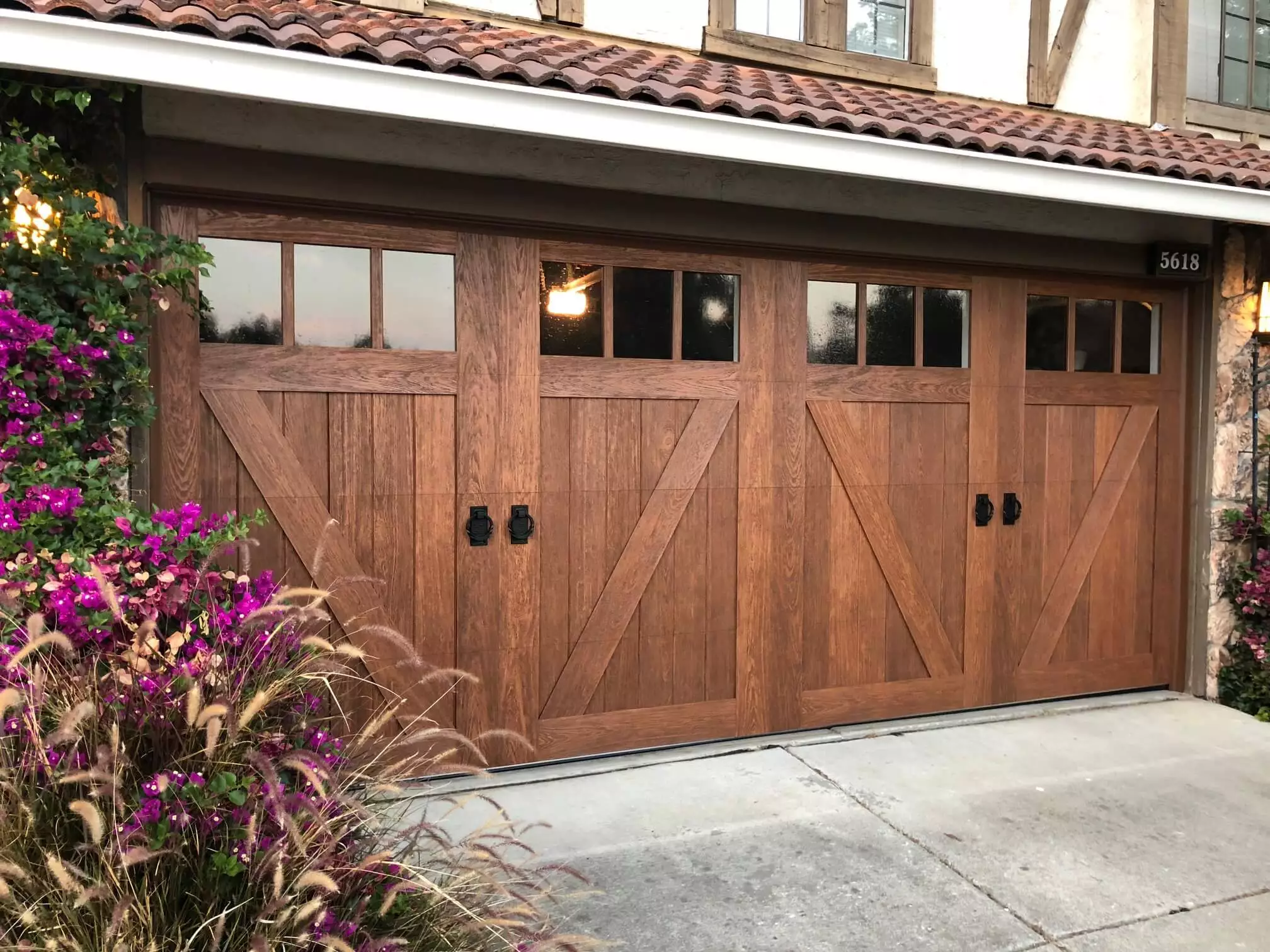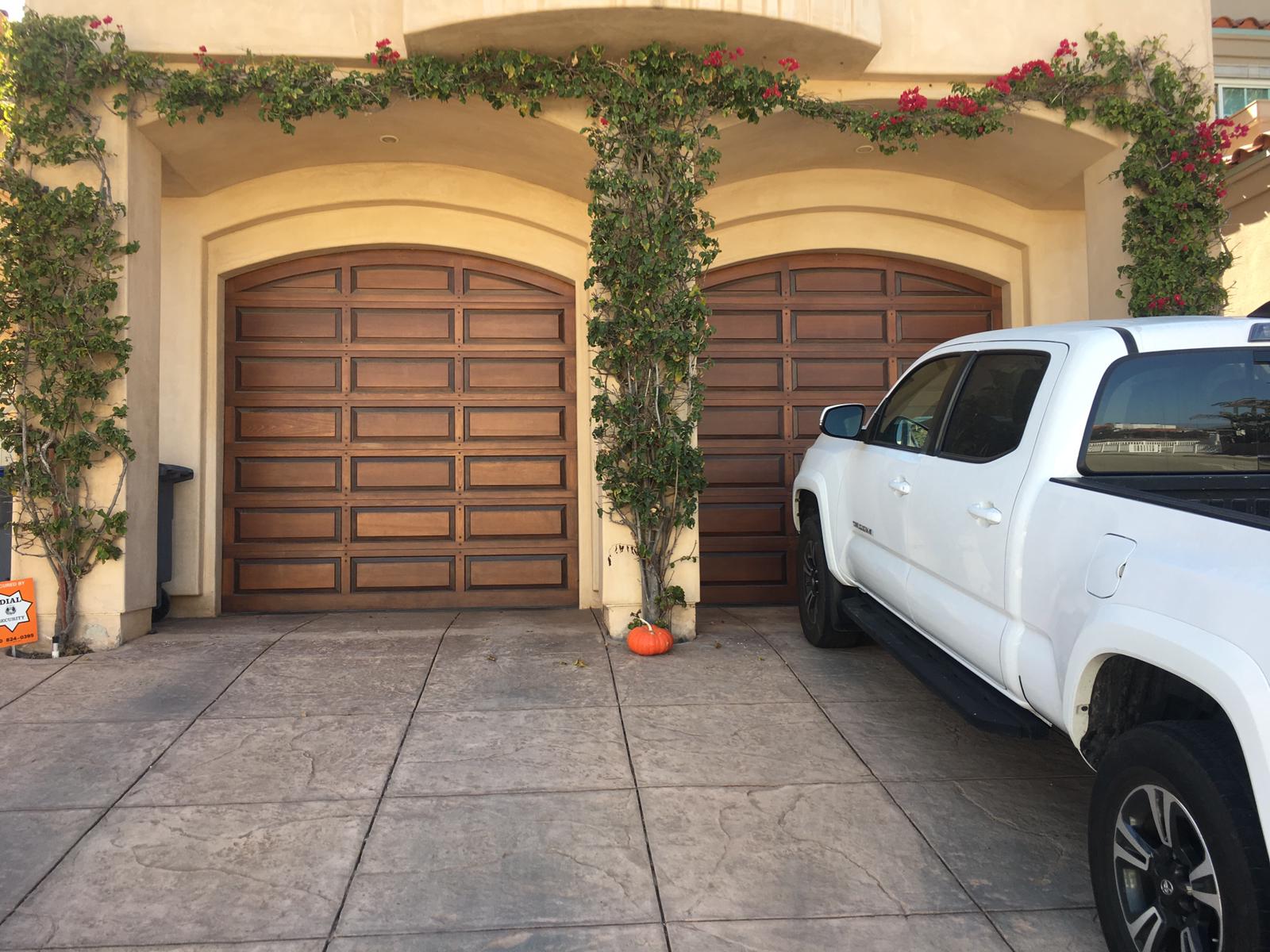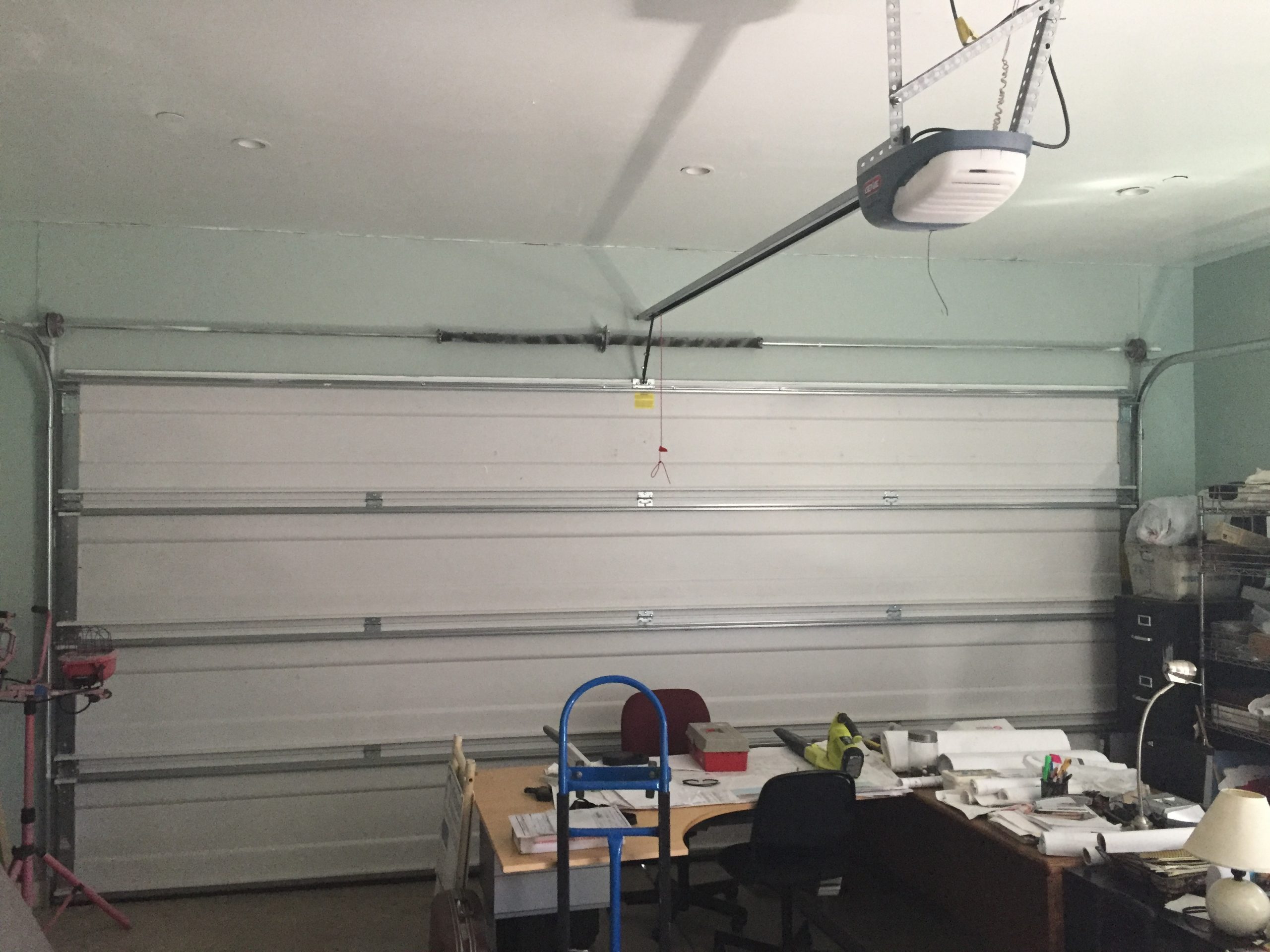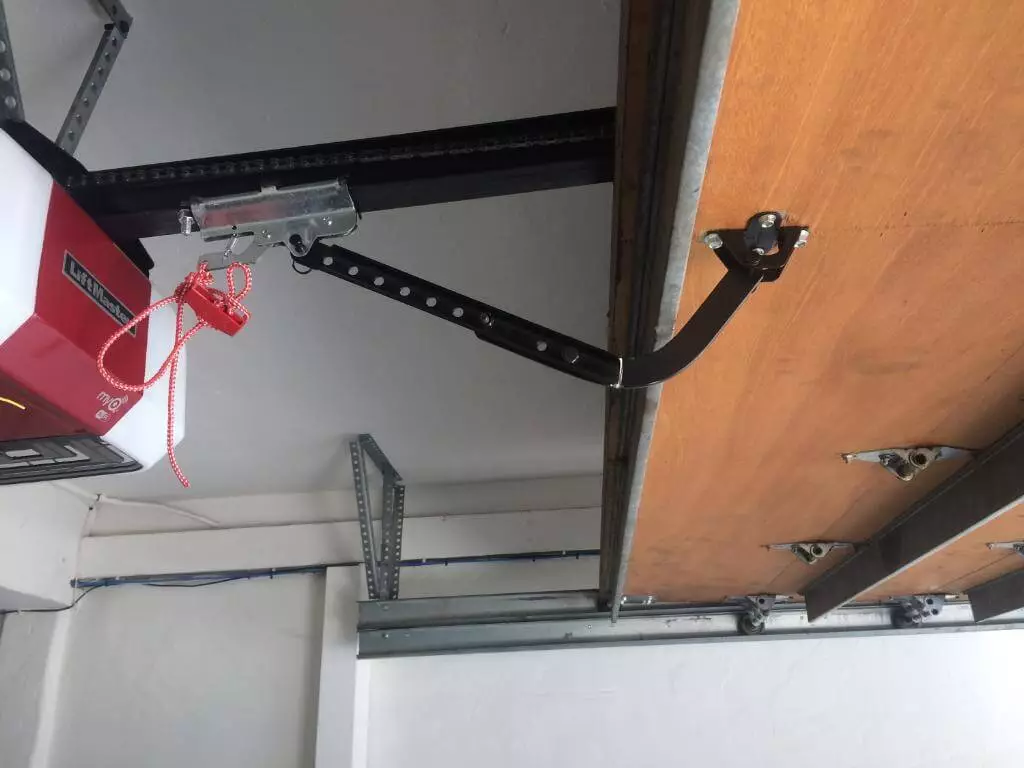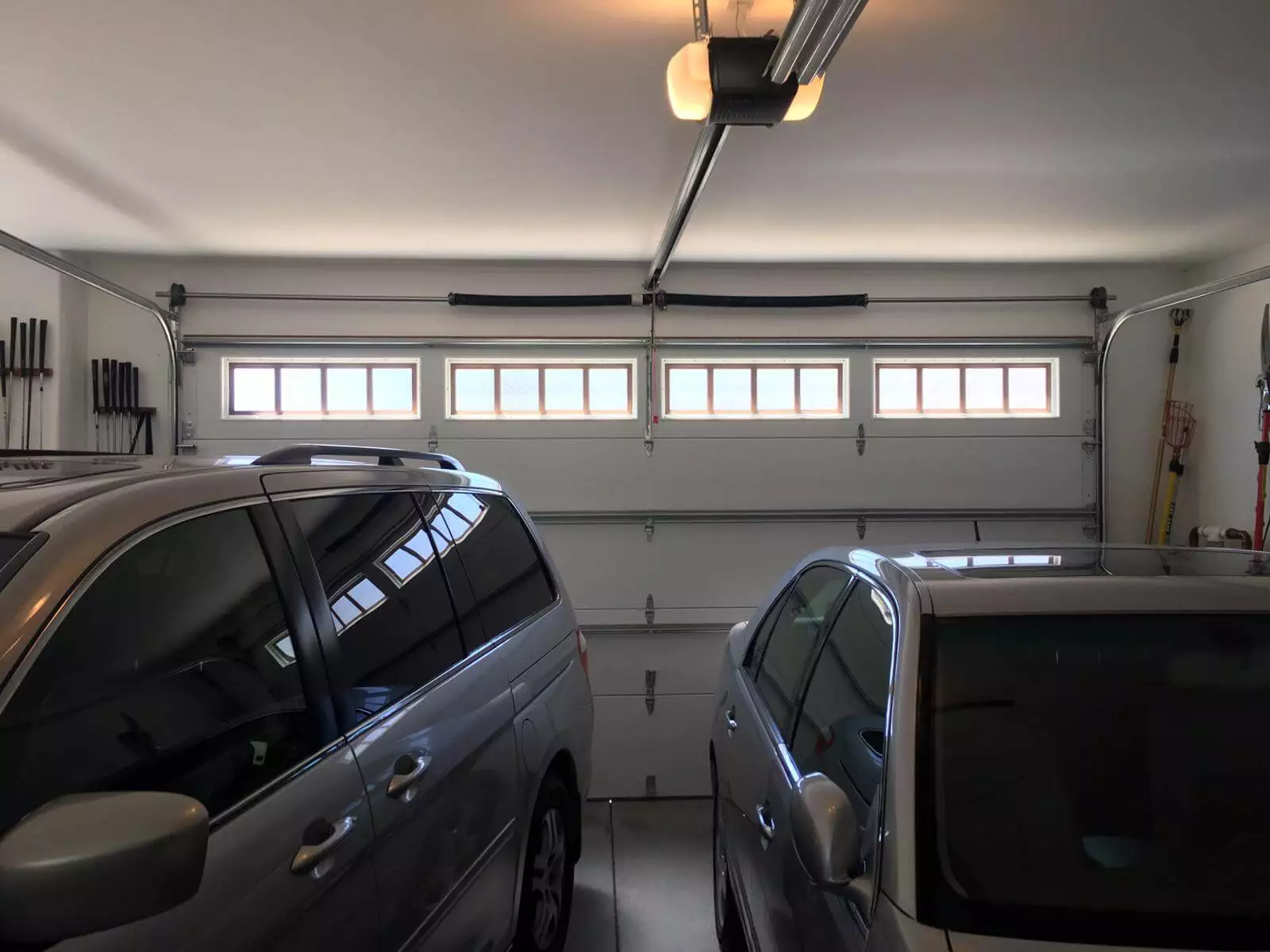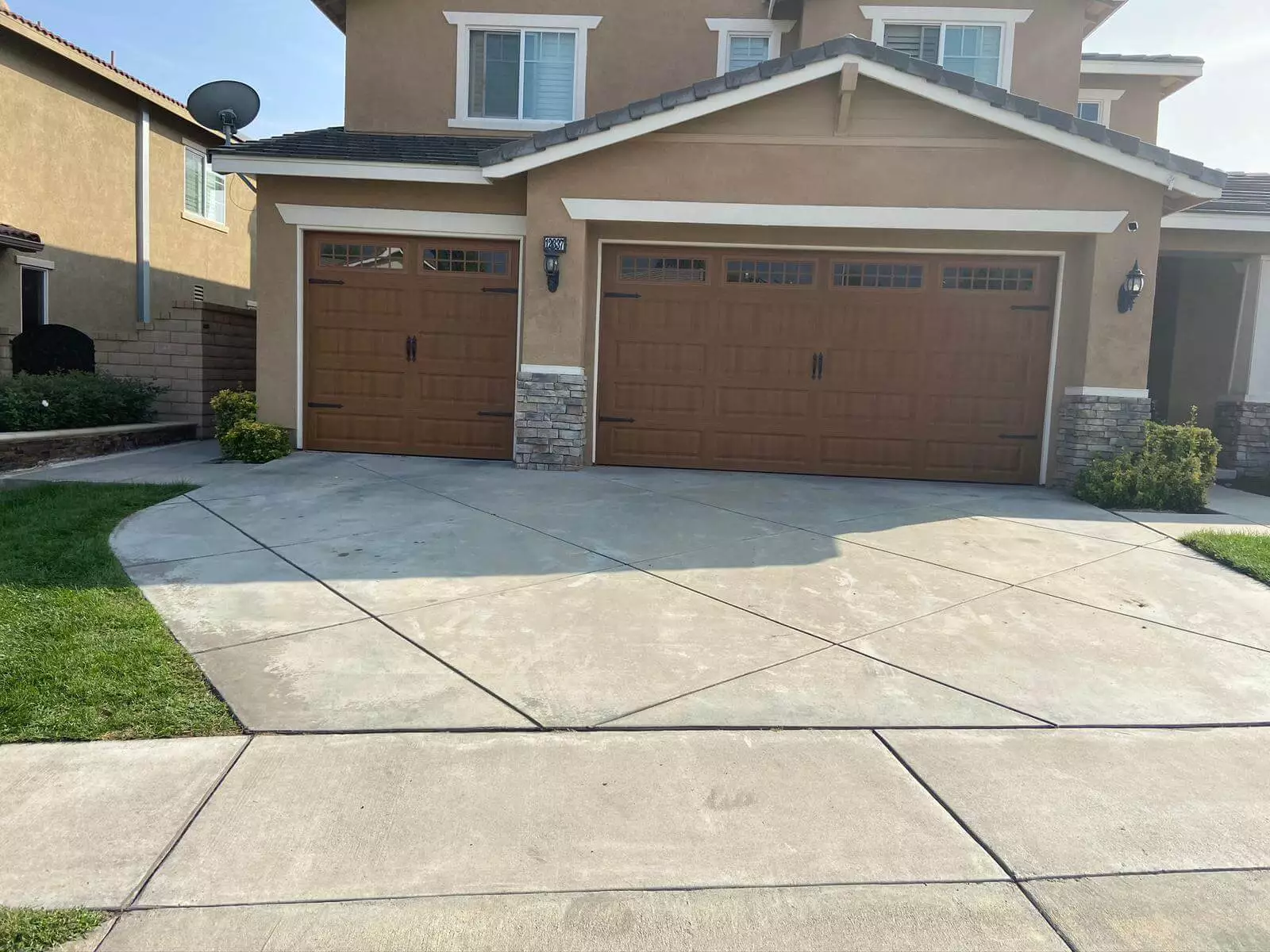A balanced garage door is a happy garage door. It glides effortlessly up and down, requiring minimal effort from you (and your trusty garage door opener!). But what happens when that smooth operation goes awry?
If your garage door starts acting sluggish, requires excessive force to open or close, or sits unevenly when open, it’s likely a sign of an unbalanced door. This can be caused by several factors, including:
- Spring Wear and Tear: Garage door springs are responsible for counterbalancing the weight of the door, allowing it to move smoothly. Over time, they can weaken or break, leading to an imbalance.
- Loose Hardware: Worn-out or loose hinges, rollers, or cables can affect the door’s movement and throw things off balance.
- Damage to the Door Itself: Dents, warping, or broken panels can alter the weight distribution of the door, leading to imbalance.
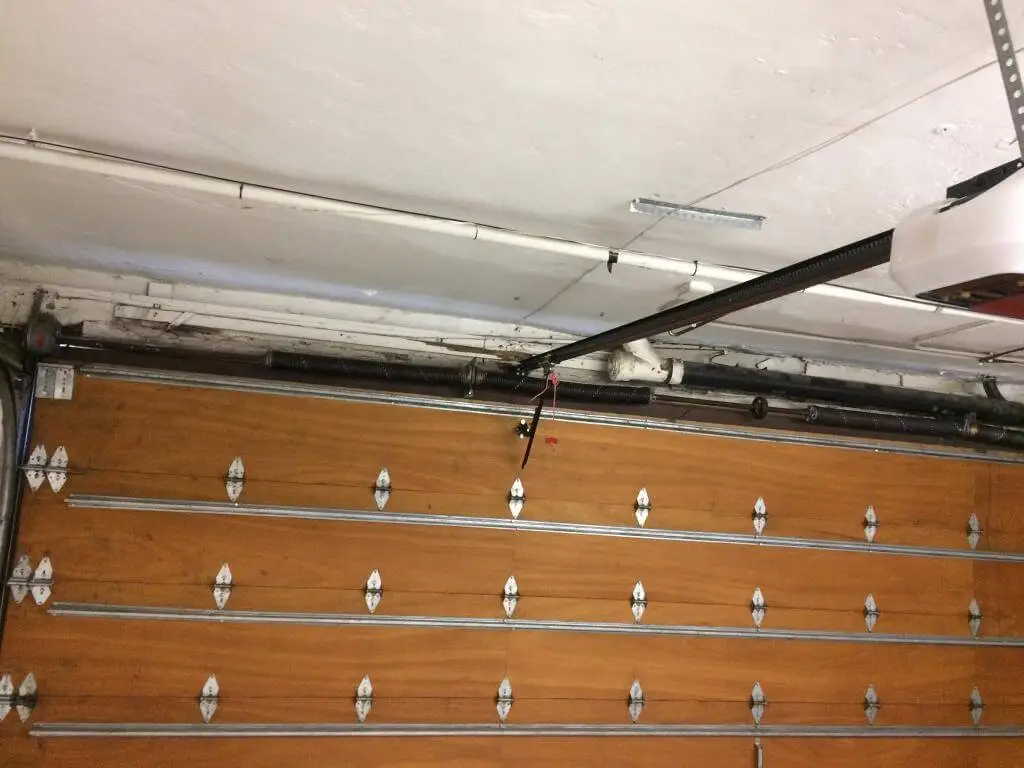
Content
Diagnosing the Problem:
Before diving into repairs, it’s important to diagnose the source of the imbalance. Here’s a quick test you can try:
- Disconnect the Opener: Caution: Make sure the door is secured with a safety block to prevent it from falling before proceeding. Disconnect the garage door opener from the door itself, usually by pulling a release cord.
- Manually Lift the Door: Try lifting the door by hand. If it feels uneven or significantly heavy on one side, this indicates an imbalance.
- Inspect the Hardware: Look for any loose screws, worn-out rollers, or damaged cables.
Restoring Balance: The Spring Fix
If your diagnosis points towards worn-out springs, don’t attempt to replace them yourself. Garage door springs are under immense tension and can be dangerous to handle if not done properly. This is where professional help comes in.
Contacting Garage Door Spring Repair in Mechanicsville can be beneficial. They have technicians who specialize in garage door spring replacement. They also have the necessary tools and expertise to safely and efficiently restore the balance to your door.
Other Possible Fixes:
If the issue isn’t related to the springs, other potential fixes might include:
- Tightening Hardware: Check and tighten any loose screws or bolts on the hinges, rollers, and cables.
- Replacing Worn Components: If you find any damaged or worn-out components, such as rollers or cables, they’ll need to be replaced.
- Addressing Door Damage: If the door itself is damaged, you might need to repair or replace the affected panels.
Preventing Future Imbalance:
To help prevent future imbalances, consider the following:
- Regular Inspections: Perform periodic inspections of your garage door to identify any signs of wear or damage.
- Proper Lubrication: Lubricate the moving parts of your door regularly to ensure smooth operation.
- Avoid Overloading: Don’t overload your garage door with excessive weight.
A well-balanced garage door not only operates smoothly but also contributes to the overall safety and security of your home. Don’t let a malfunctioning door disrupt your daily routine. If you’re struggling with a door that’s off-balance, seek professional help to get it back in shape.

I am Donovan and my love is writing about home improvement. I write mostly about home ideas, but also share some tips and tricks that can make your life easier when it comes to getting things done in the house.
